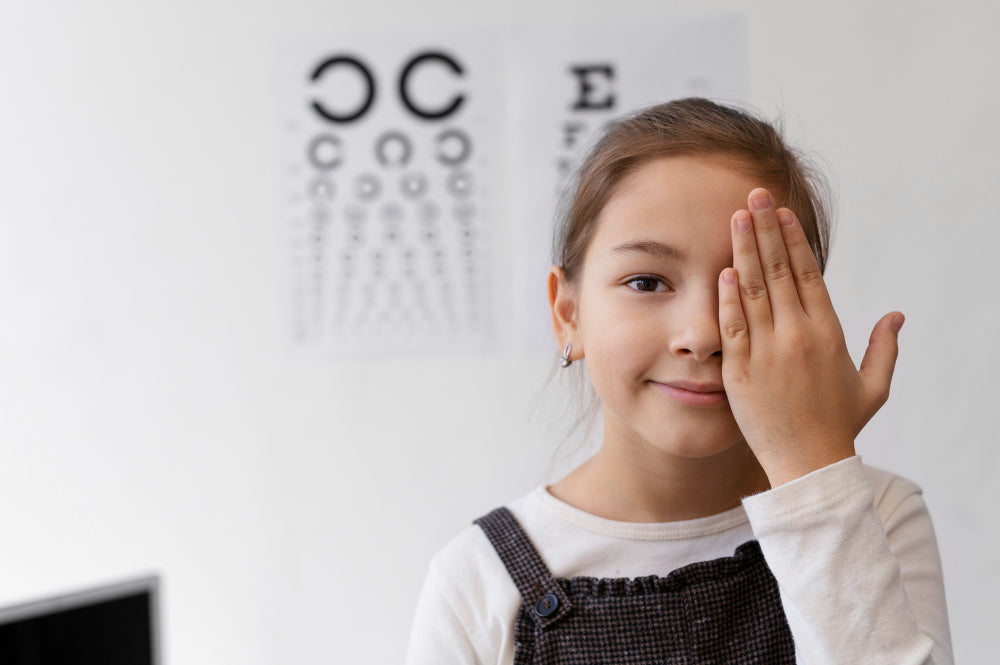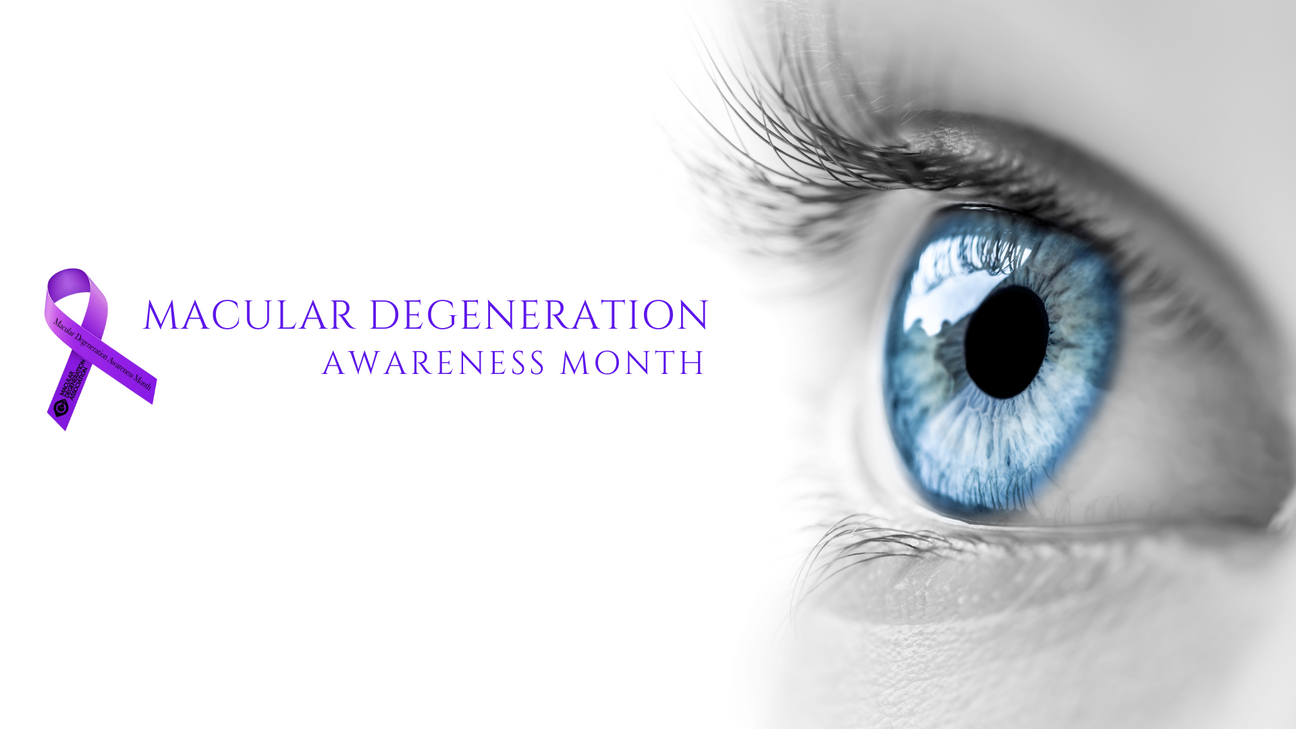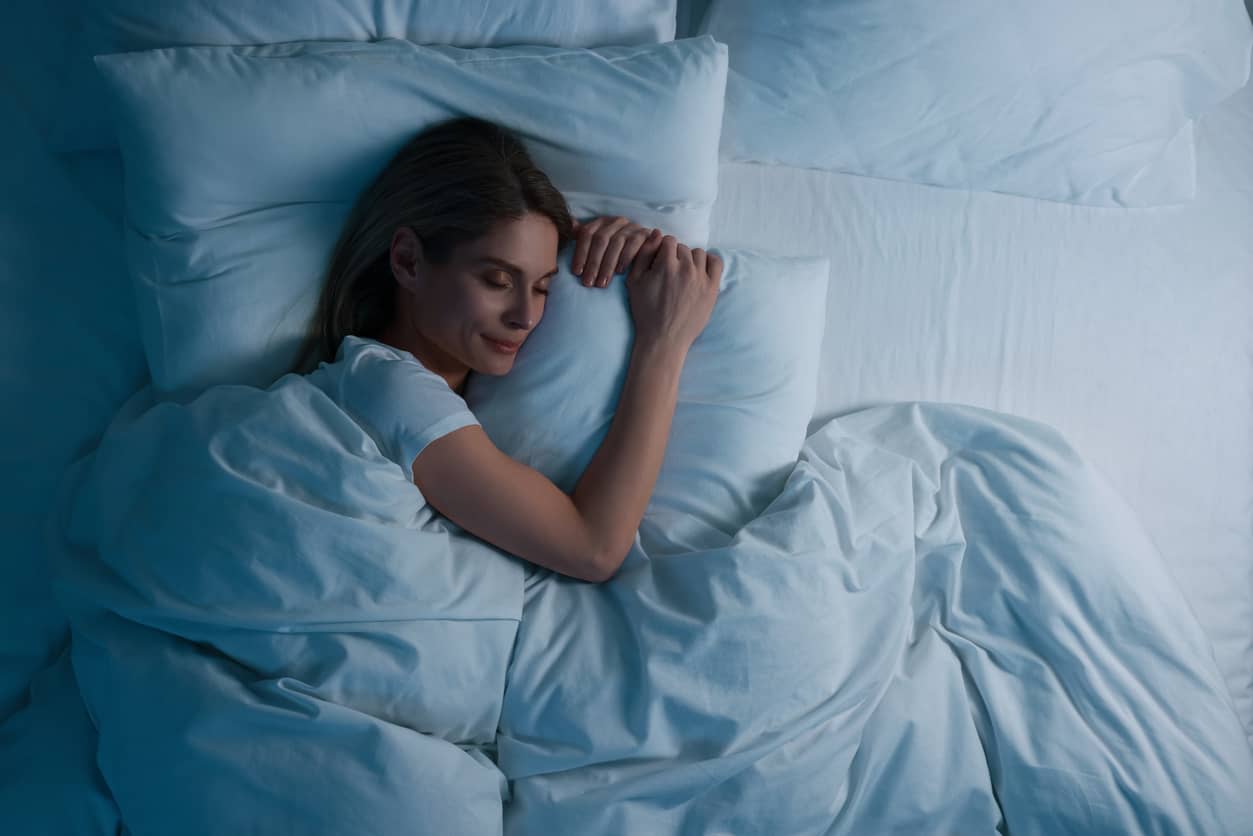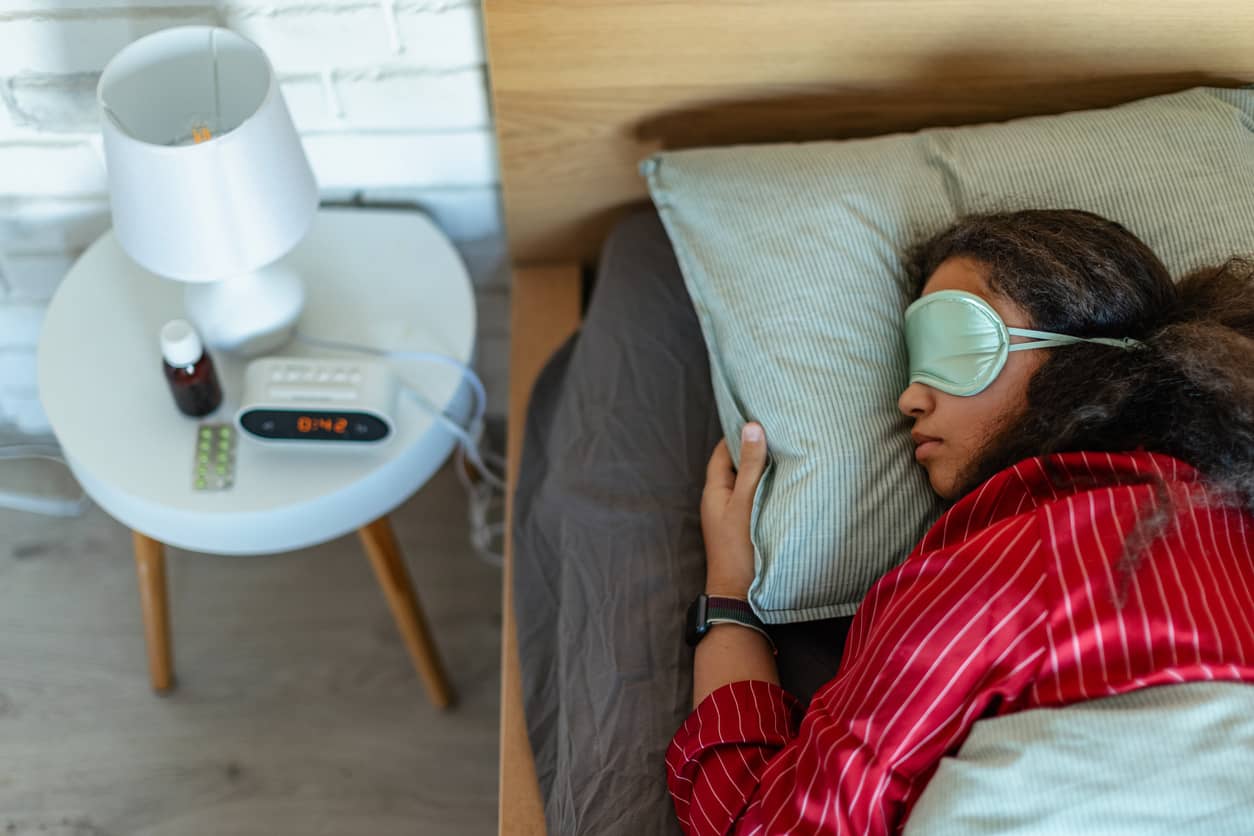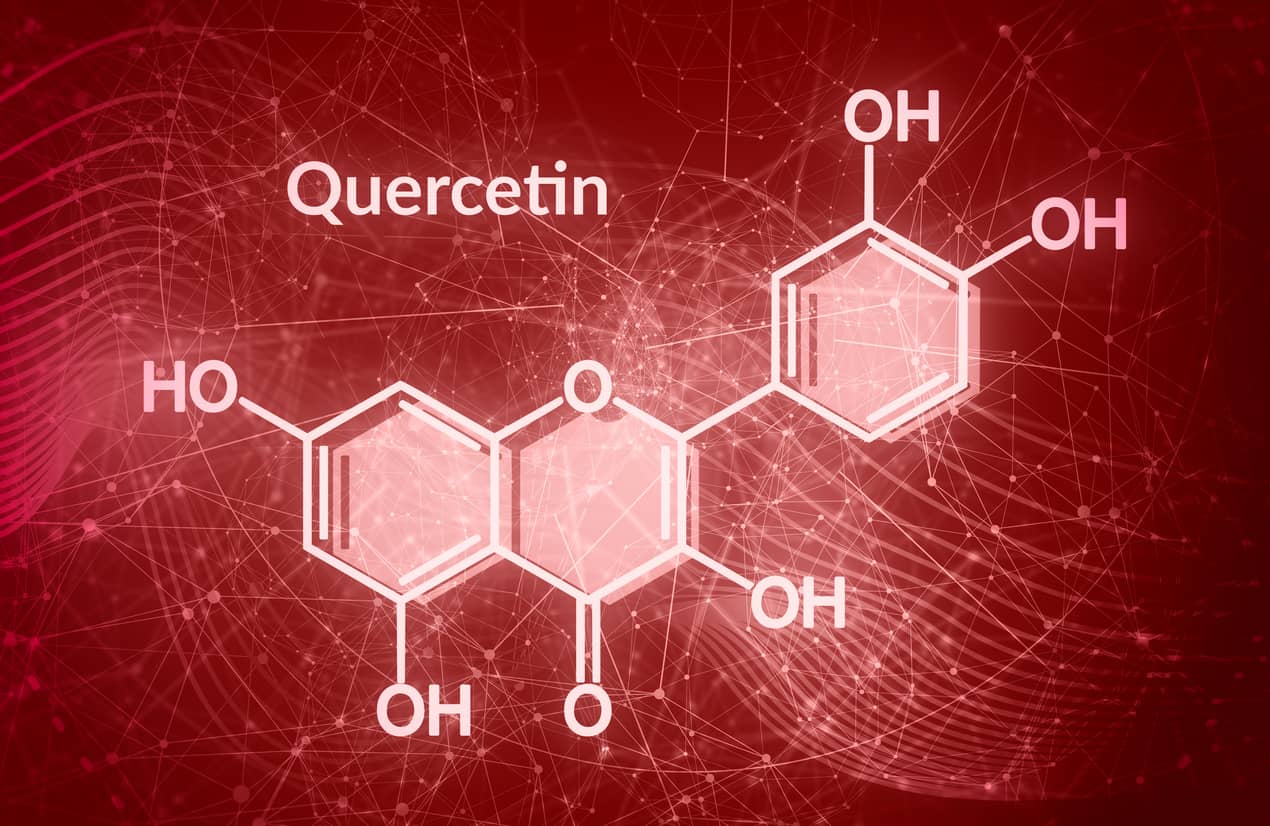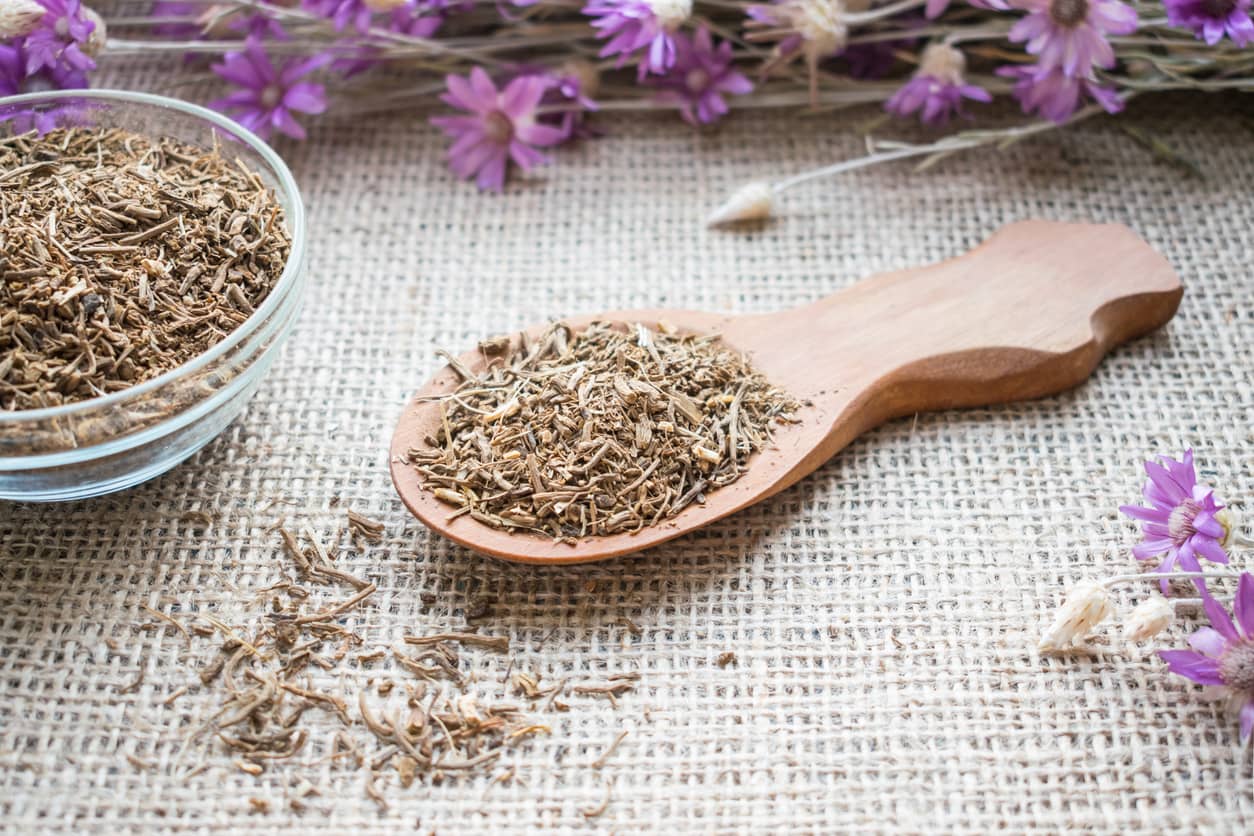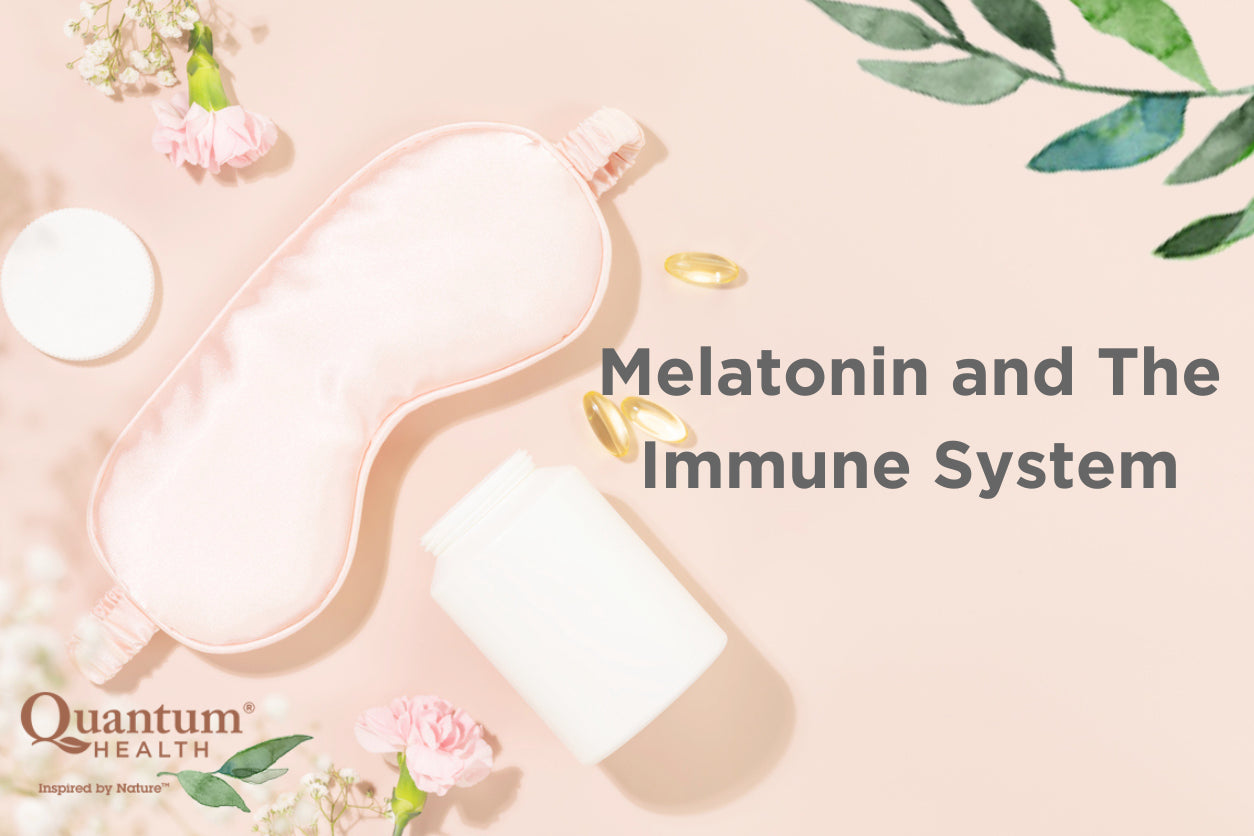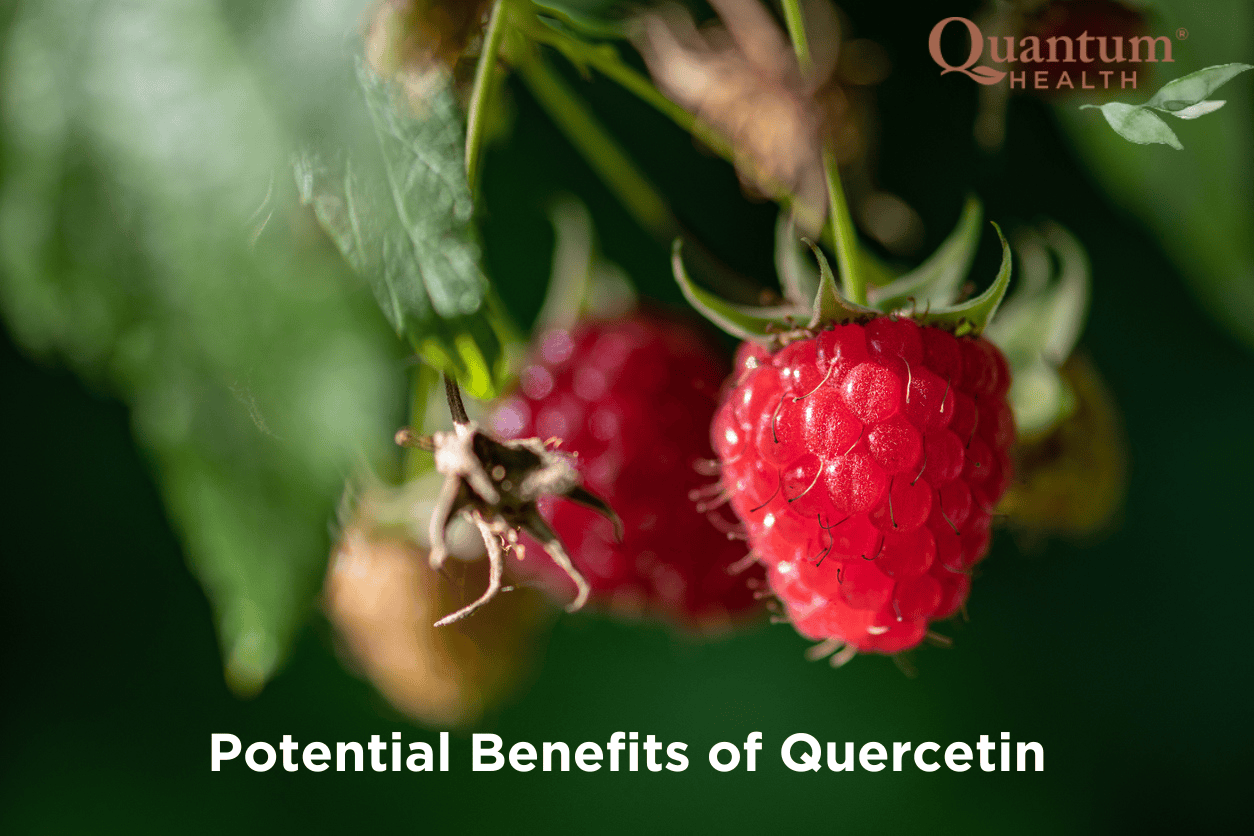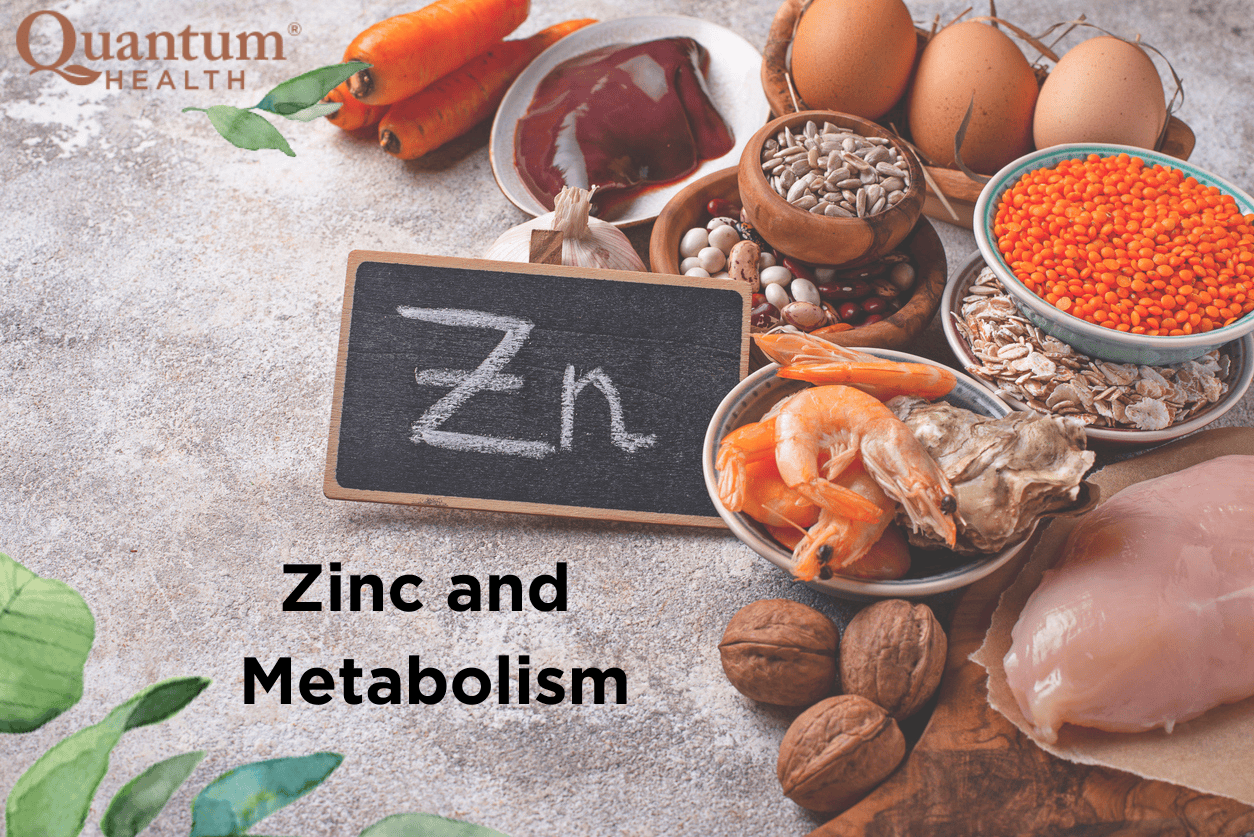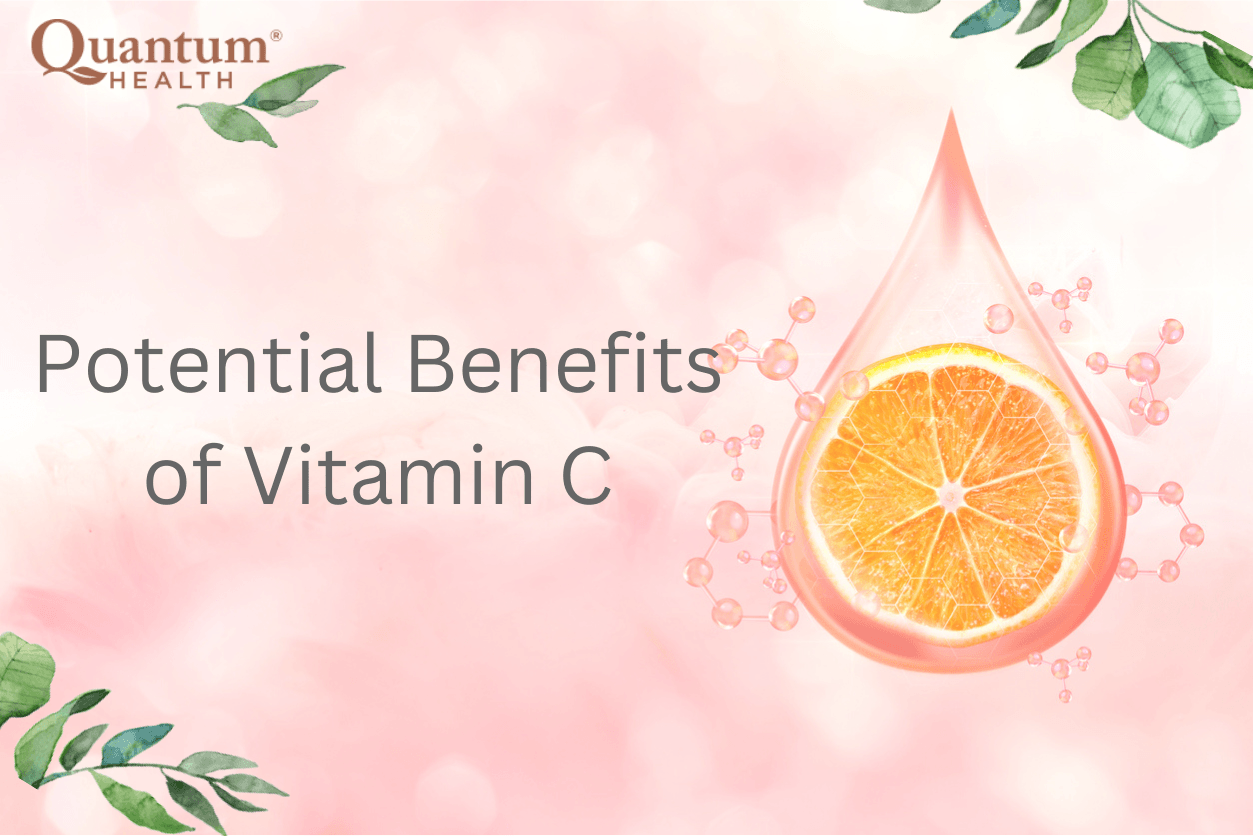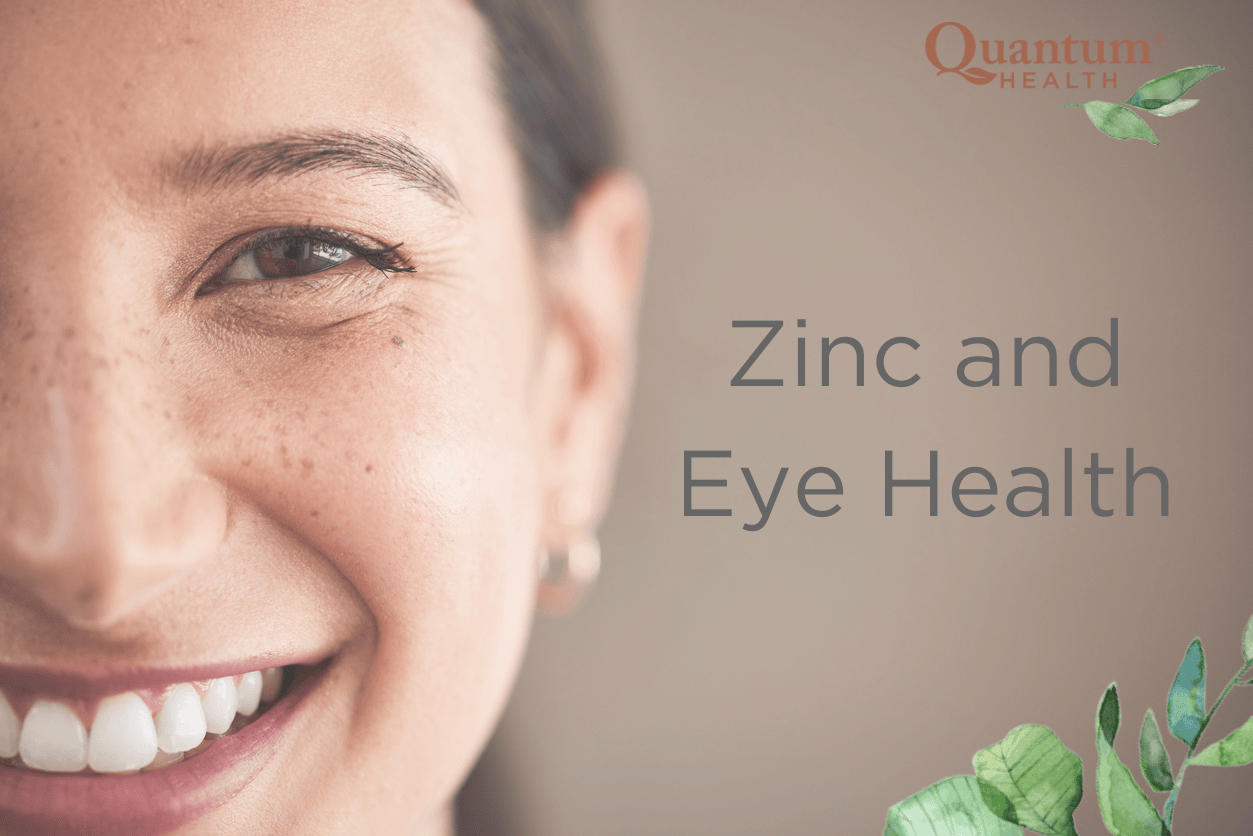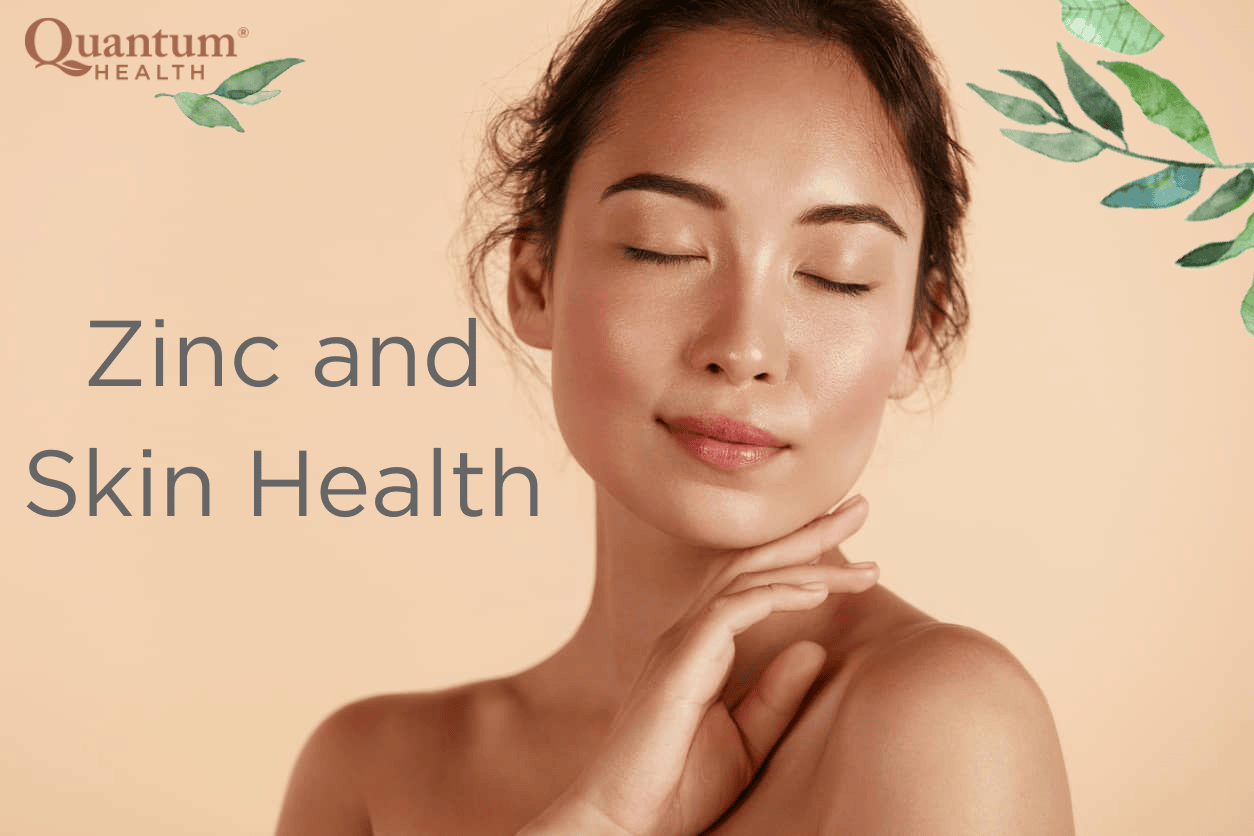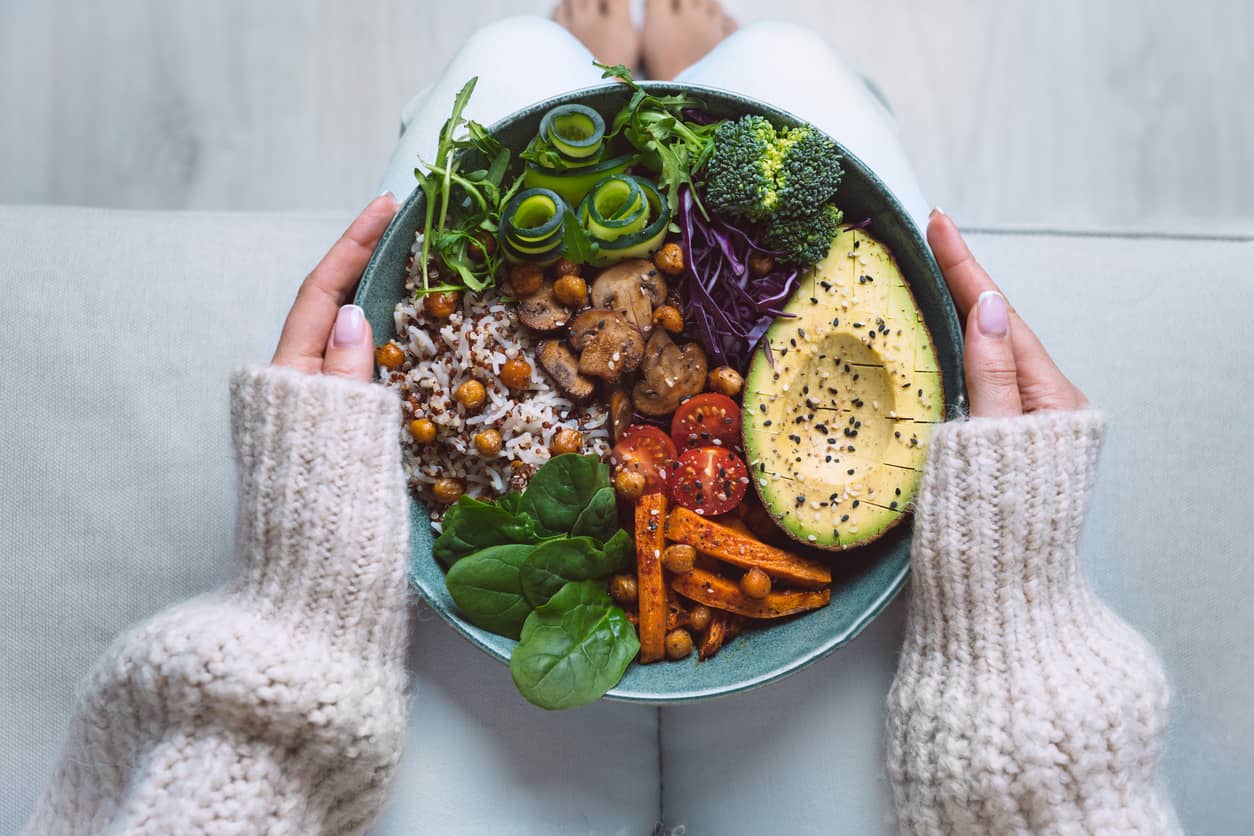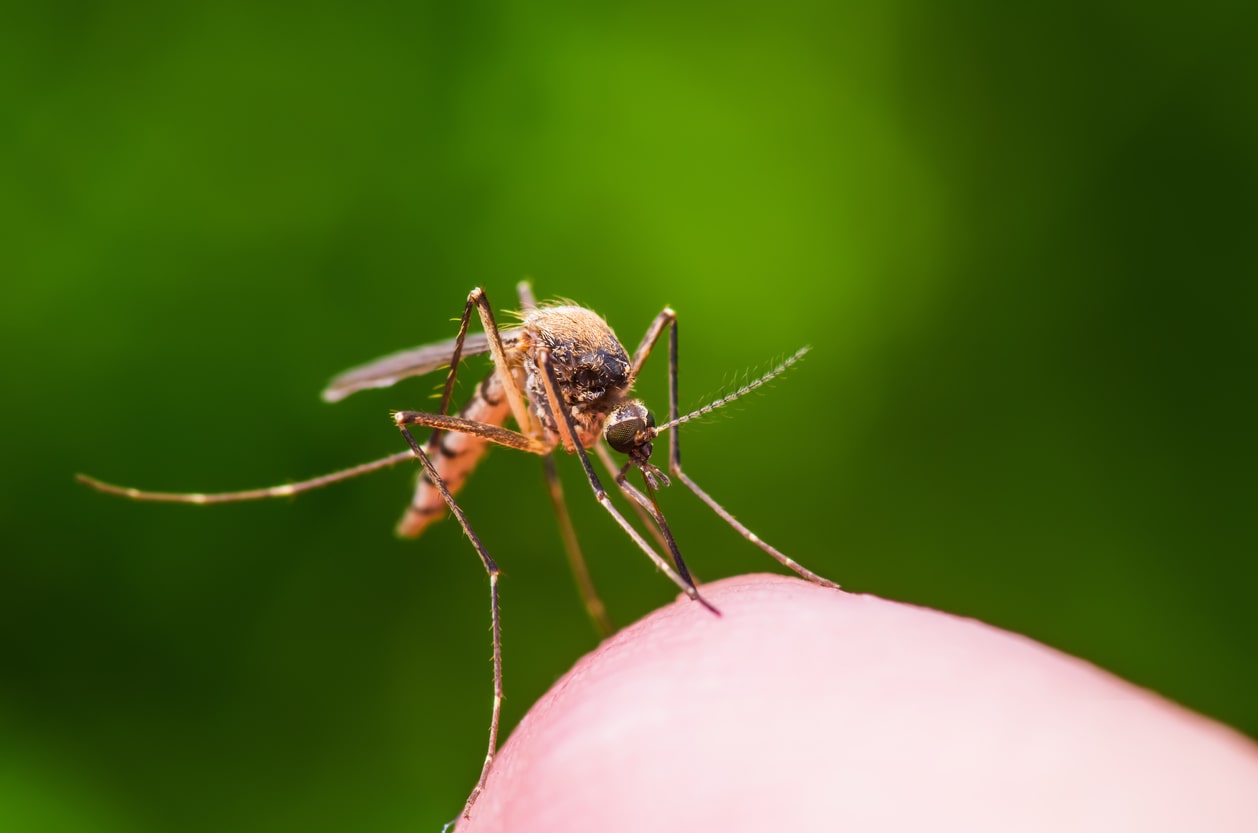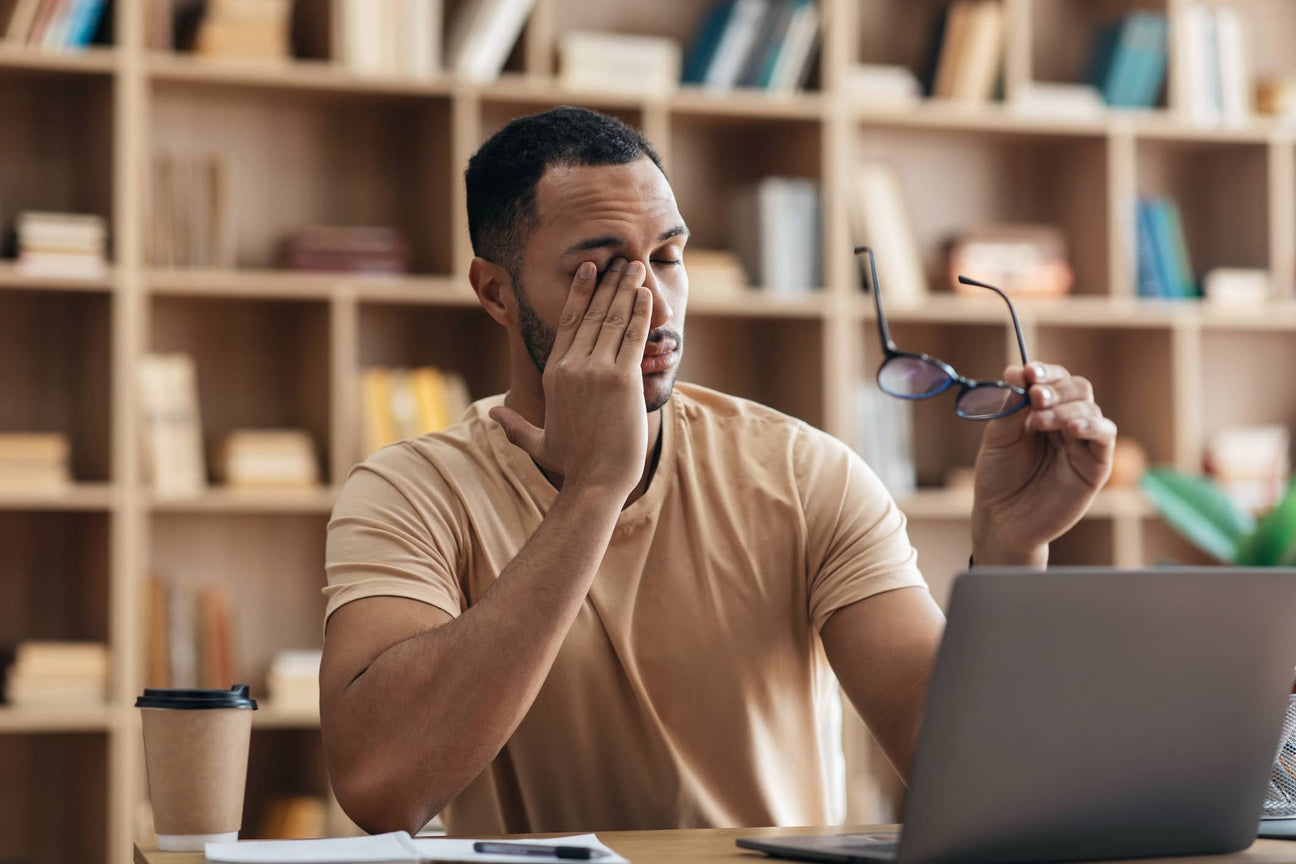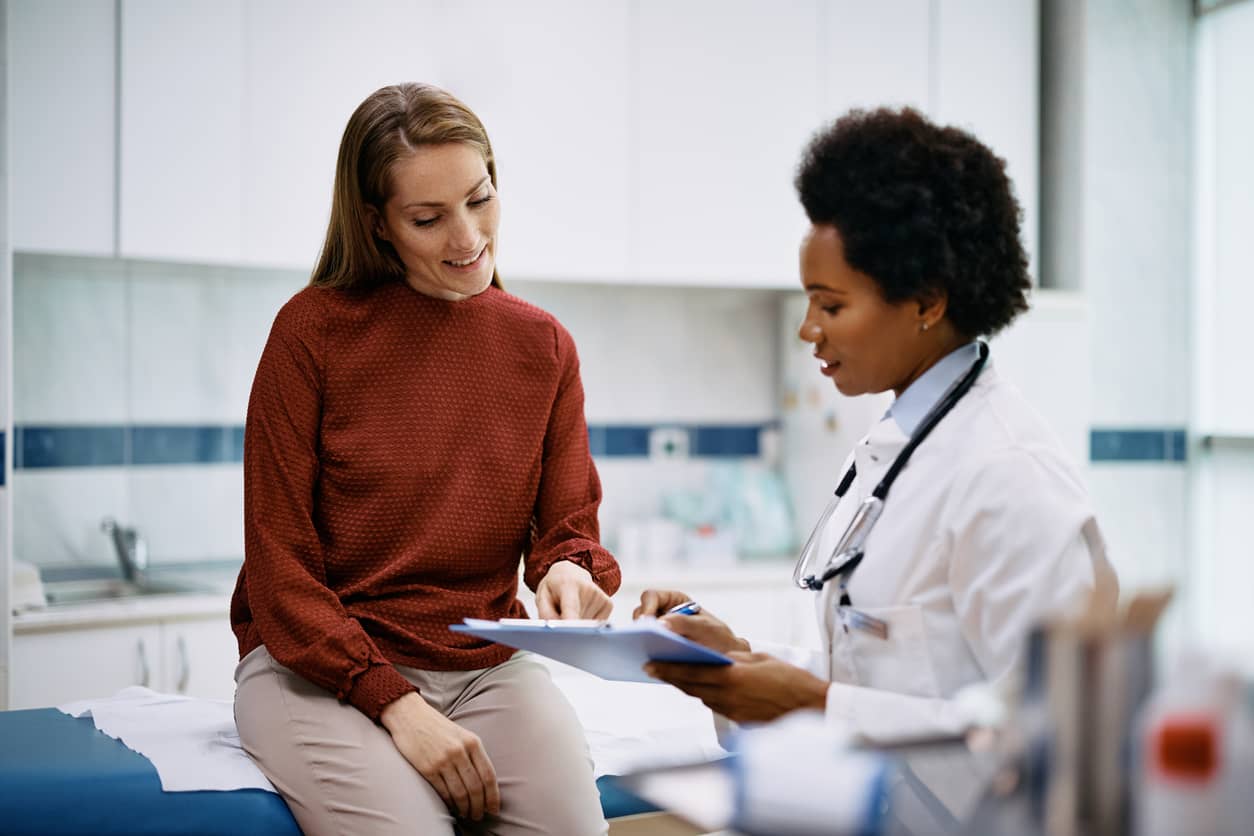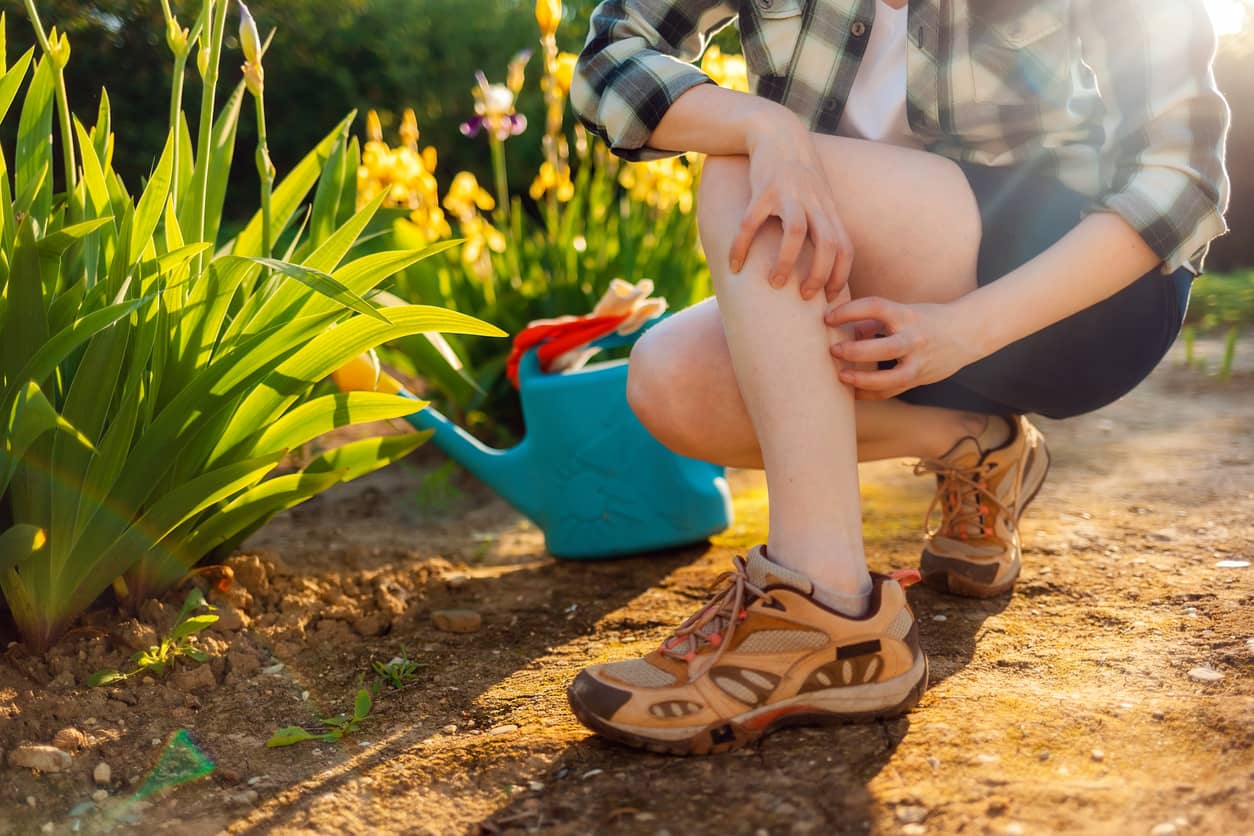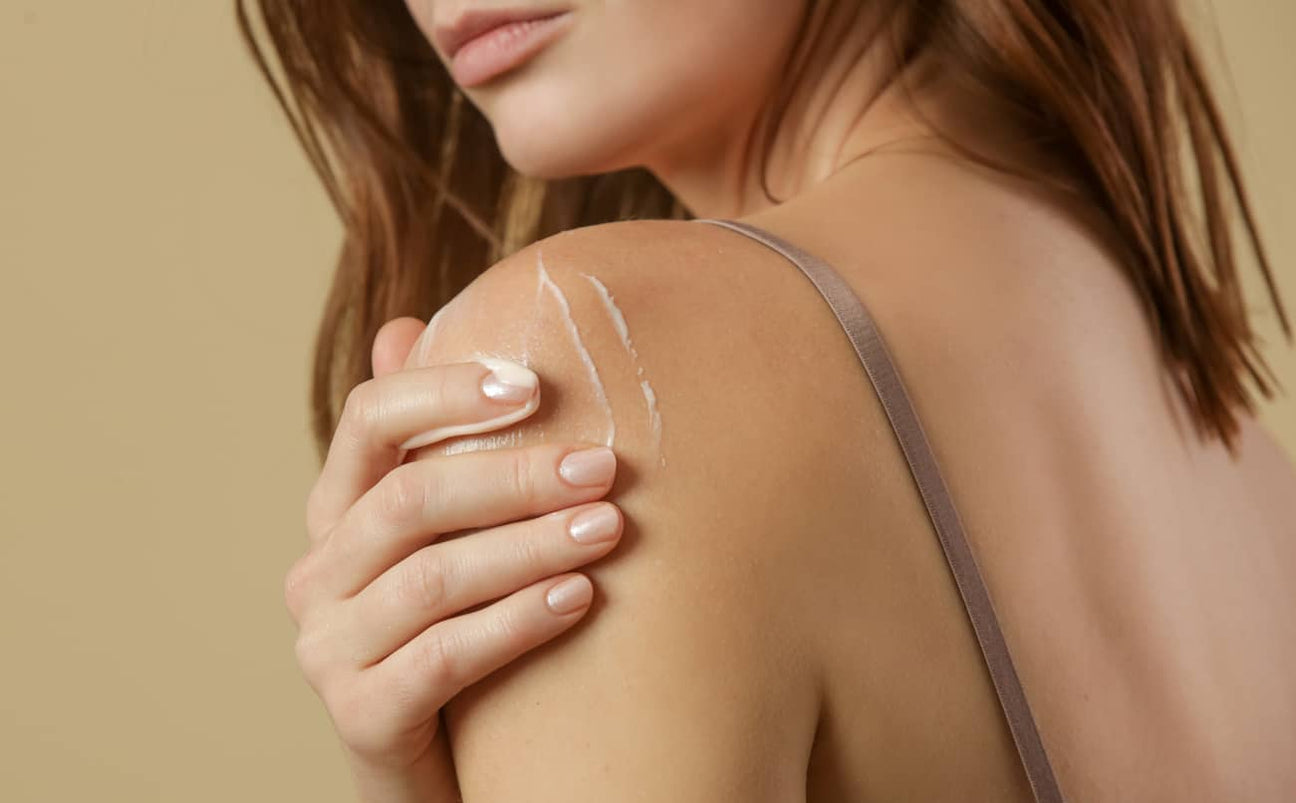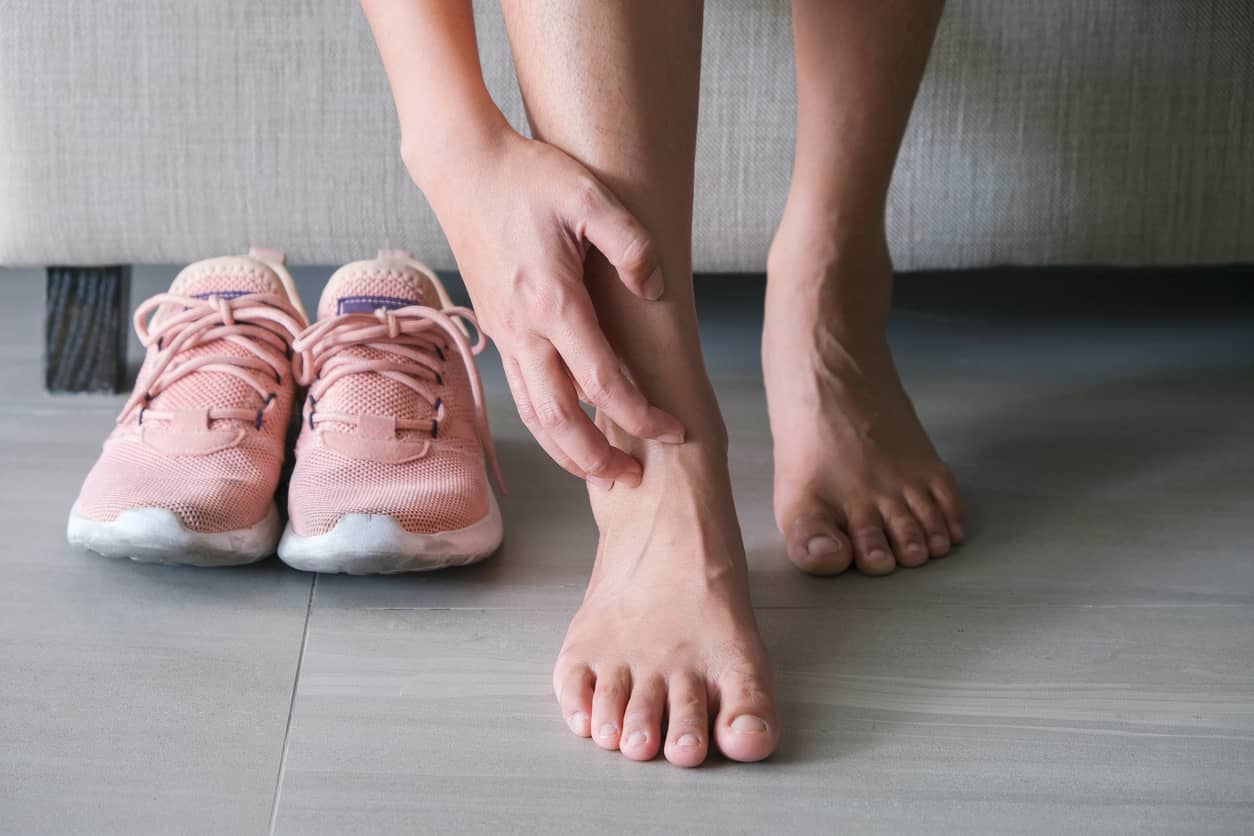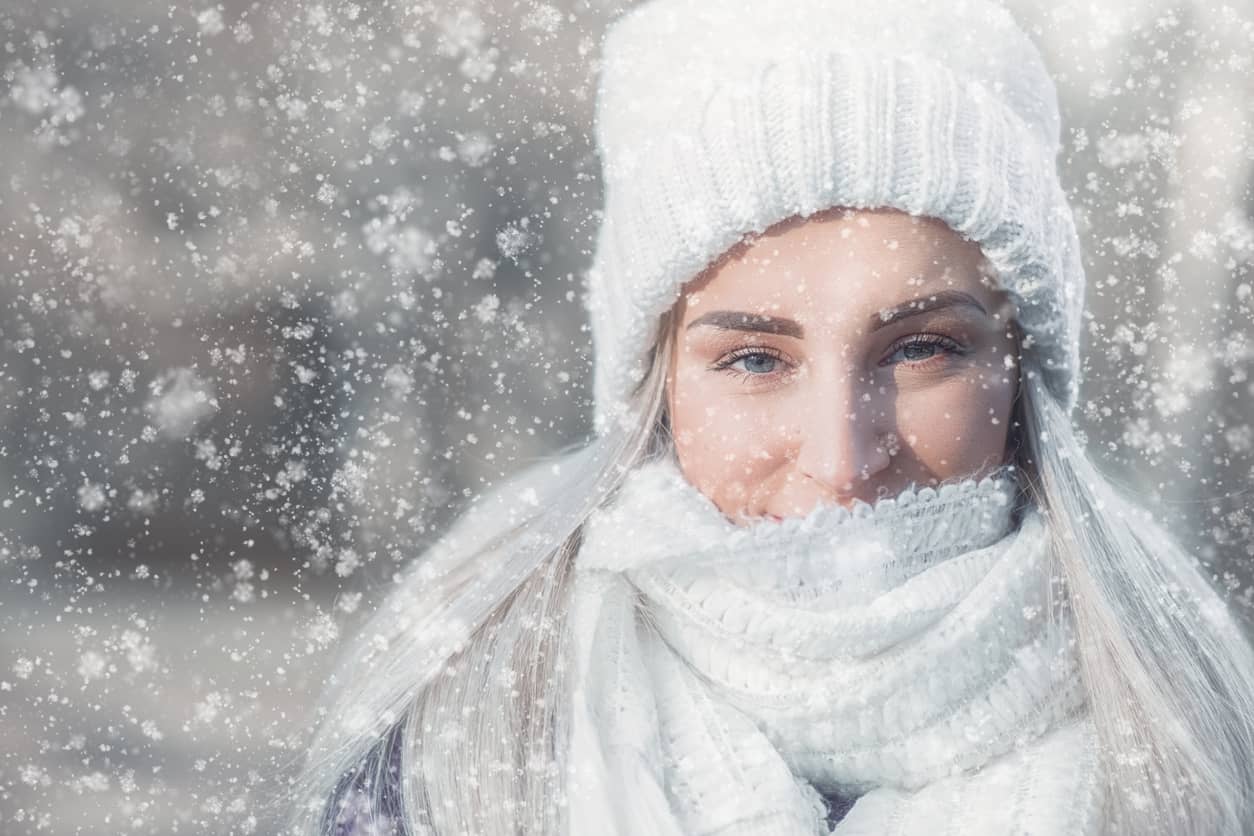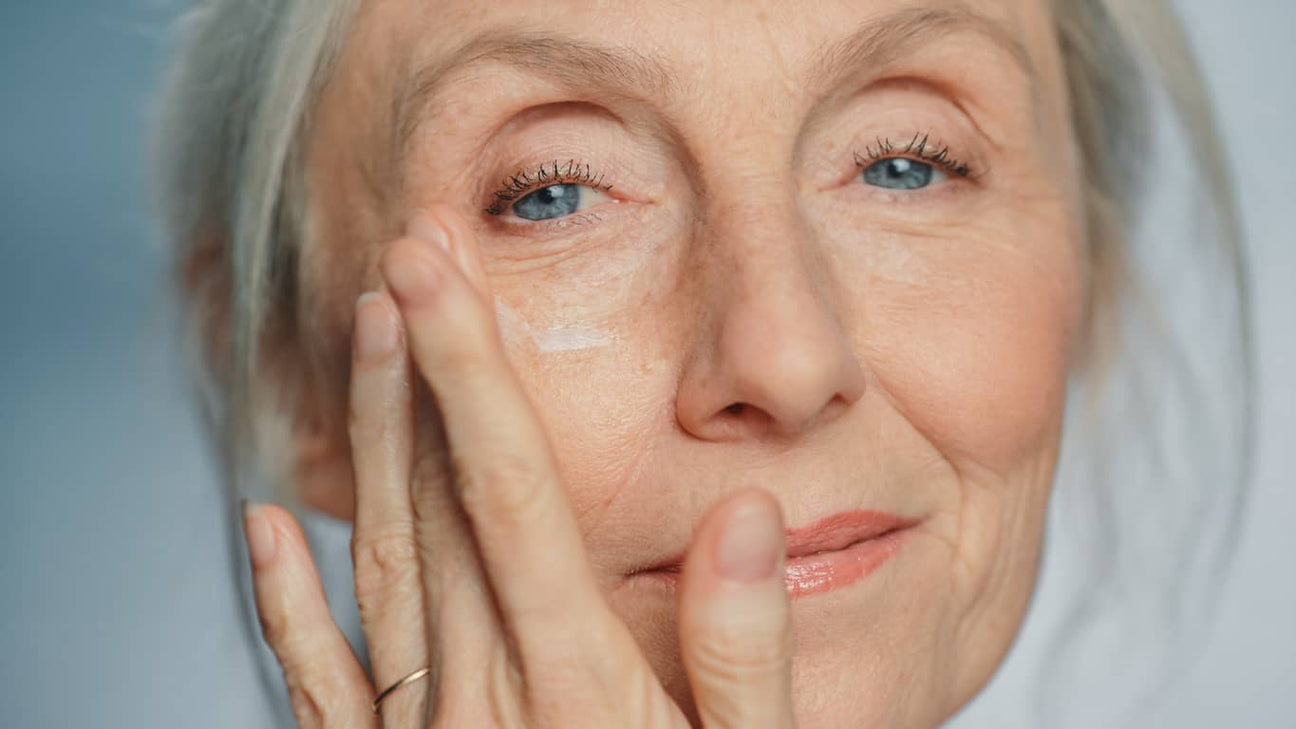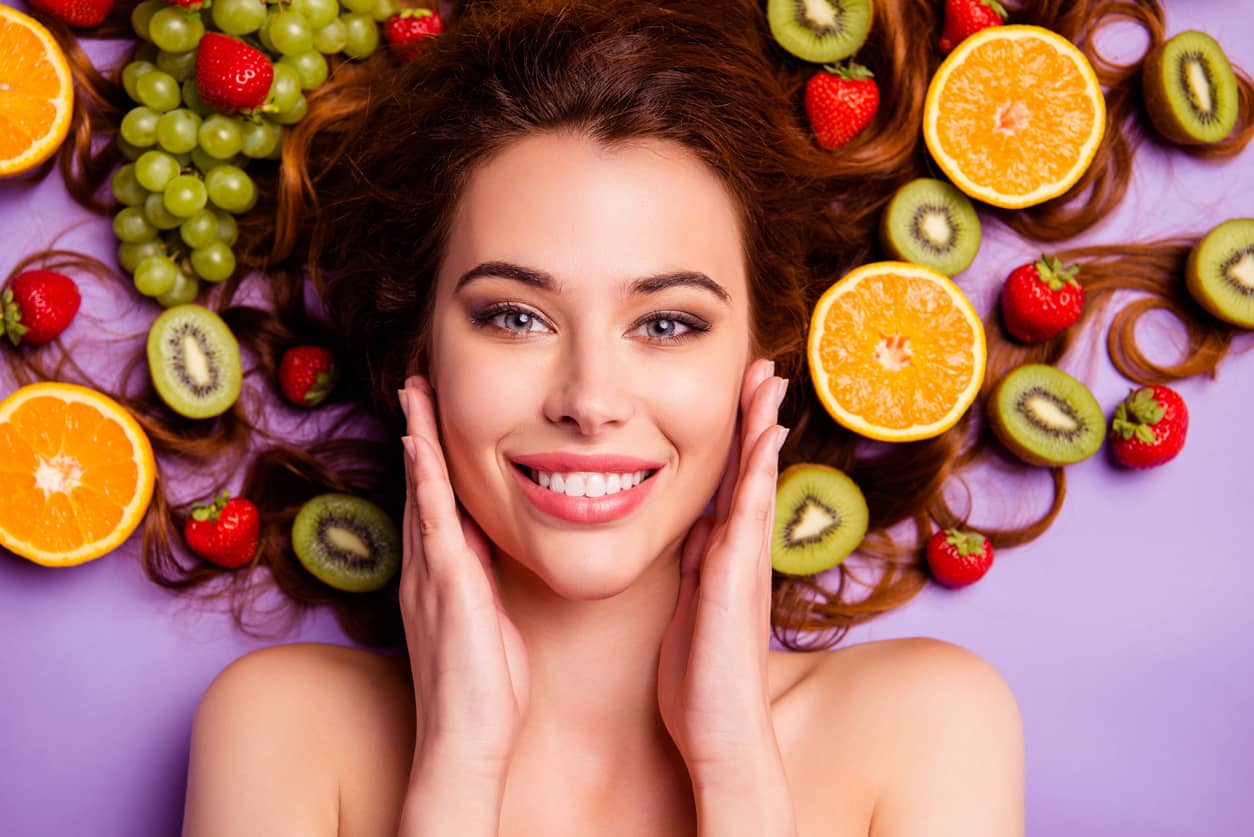Cold Sore Symptoms & Stages of a Cold Sore
Key Takeaways
- Cold sores follow a predictable life cycle: tingling (prodrome), blister formation, ulcer/weeping, crusting, and healing stages.
- Early symptoms include tingling, itching, or burning around the mouth.
- Treating at the prodrome stage can reduce outbreak duration from 14 days to as few as 2-4 days.
- Blister stage is the most contagious and painful.
- Avoid picking at crusts to prevent scarring.
- Severe spreading may indicate a compromised immune system or misdiagnosis.
Cold sore symptoms are virtually the same for everyone, making them quite easy to diagnose. Since the life cycle of a cold sore outbreak is usually identical to the last outbreak, many people who get cold sores can detect the onset of an outbreak before physical symptoms can be observed. Cold sores often start with a tingly or itchy sensation where the sore will appear, usually on the lips.
After a day or two, the area becomes extra sensitive to the touch and to hot and cold. For many people, applying a cold sore remedy such as Lip Clear Lysine+* at the first sign of the tingling or itching sensation can either stop the cold sore from developing further, or significantly reduce the life cycle of the sore.
What are the stages of a cold sore?
Cold sores, untreated, can last up 14 days. Beginning treatment at the first sign of tingling can reduce the time to as little as 2-4 days. Beginning treatment after the blister appears can also significantly reduce the time and degree of pain.
- Day 1: Prodrome (tingle) stage - Before a blister appears, one usually feels a tingling, itching or burning sensation beneath the skin, usually around the mouth or the base of the nose. This is the best time to start treatment.
- Days 2 to 3: The blister(s) appear.
- Day 4: Ulcer or weeping stage. This is when the blister opens up revealing a reddish area. One is most contagious and in the most pain.
- Days 5 to 8: Crusting stage. The blisters dry up and a crust forms which is yellow or brown in color. Do not pick at this crust.
- Days 9 to 14: Healing stage. A series of scabs will form over the sore, each smaller than the previous one until the cold sore is completely healed.
In almost all cases of cold sore outbreaks, no scarring occurs. The area previously infected by a cold sore usually looks exactly as it did before the outbreak. The exception to this is the extreme spreading of the cold sore or severe irritation while it is present. If severe spreading starts to occur (the spreading of the sores from one side of the mouth to the other, or from the lip area to the cheeks, nose, chin, or eyes), it is advisable to see a physician. In some cases, the uncontrollable spreading may be due to lowered immune systems caused by underlying conditions or diseases (such as HIV or pneumonia). In the case of severe spreading, what is initially diagnosed as cold sores may in fact be impetigo, a very different skin disorder.
*Study published in J of Alt Med June 2005 (1, 2, 3) - In the Lip Clear Lysine+ study*, 40% of those using Quantum's product avoided an outbreak. In addition, most participants skipped the blister, ulcer, and crusting stages. Learn more about Lip Clear Lysine+ Cold Sore Ointment
Share
Your share can inspire countless others.





